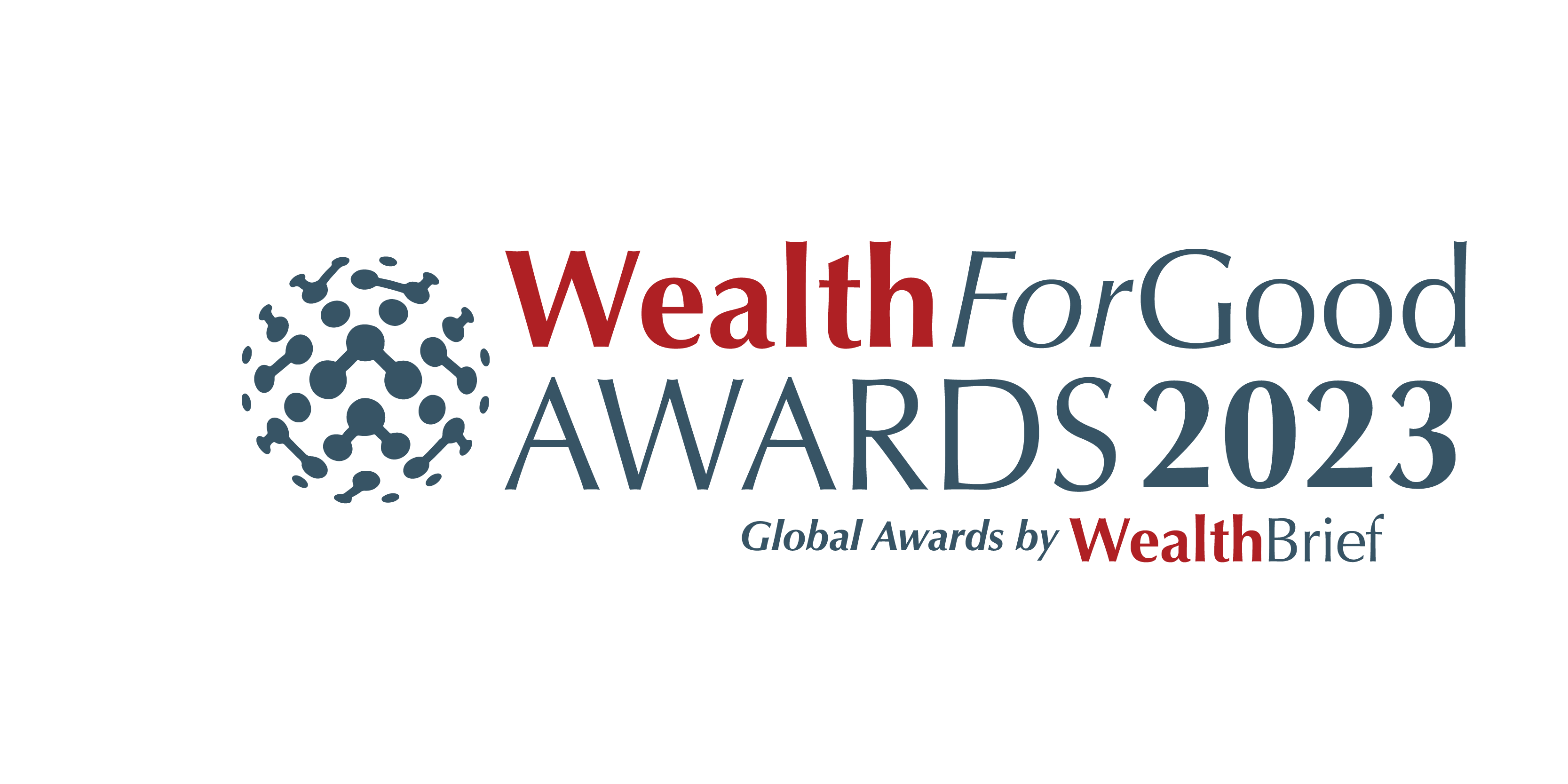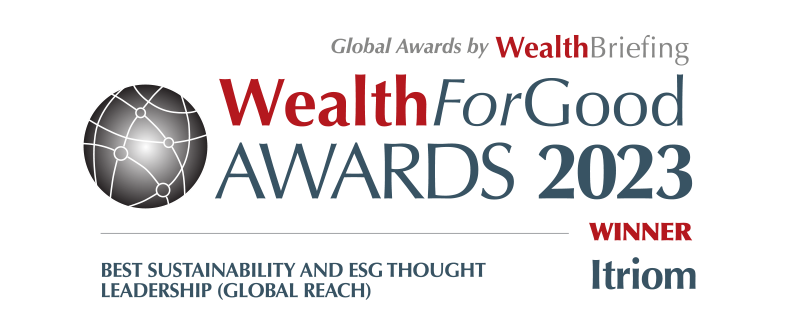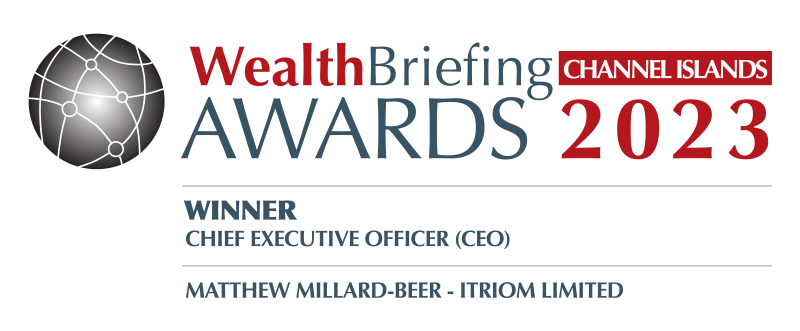
ESG Anaylst
In 2015, 193 countries committed to reaching the 17 United Nations Sustainable Development Goals (SDGs) by 2030. These goals range from ending global poverty, to safeguarding our oceans and restoring biodiversity. With seven years remaining to meet these goals, the pressure to find solutions to these key environmental and social issues is mounting. The principal barrier to reaching the targets set forth by the SDGs is the mobilization of funds.
The OECD estimates that the SDG financing gap is a staggering $3.9 trillion a year, while a recent Force for Good Initiative (FFGI) report suggests that this gap has risen to a staggering $176 trillion ($27 trillion per annum). Although these figures differ significantly, what is clear is that there is a gross lack of funding needed to achieve these goals, and this number will only increase the closer we edge to 2030 as progress towards the targets slows.
The OECD estimate that the required funding for the SDGs has increased 25% over the last year alone. This increase has predominantly been driven by the conflict in Ukraine, soaring energy prices, rising inflation and the increasing costs associated with net-zero targets. The current geopolitical landscape and rising economic pressures in addition to the COVID-19 recovery has seen progress towards the SDGs decrease. The impact of economic, health, social and environmental shocks are now generating a ‘ratchet effect’ (an effect that is difficult to reverse once it is underway, closely related to the idea of a positive feedback loop) in developing countries, exemplified by the million people that are living in extreme poverty and 210 million facing food insecurity.
Given the current global climate, achieving the SDGs will require a joint effort from multiple stakeholders, particularly to close the large financing gap. There is an expectation that the private sector will play an unprecedented role in financing sustainable development globally; as it stands, only a fraction of worldwide invested assets from the banking, insurance and pensions sectors are invested in sustainable development. Given private sector assets under management are currently valued at $382 trillion, there is great opportunity for the private sector to step-up and close the SDG funding gap. More investors are interested in adopting ESG measures and goals to align their investments to meet growing ‘green’ demands. The SDGs play an important role in meeting green demands, since they have formally been acknowledged as the chief measurement for ESG goals and outcomes within many private sector investments.
Despite the demand for ESG investments, and SDG progress, the current architecture designed to help bridge the public-private funding gap is not delivering, likely because of the lack of development finance institutions(DFIs) and consistent incentives to stimulate SDG-aligned private investment. The Centre for Global Development proposes that the lack of mobilisation is due to application of contradictory models. The private sector is being asked to direct funding to areas that are inherently less developed, therefore, less profitable. Fundamental financial models demand a greater return on investment, but predicting this is difficult within undeveloped sectors, communities and geographies.
The 48th G7 Summit – an annual informal grouping of seven of the world’s advanced economies – summarised the challenges of rising development funding within a private sector context. The G7 report summarised that the private sector lacks the following three.
1) Lack of transparency – The proliferation of market-based standards without clear rules and standardised disclosure reports.
2) Lack of accountability – Weak monitoring and inability to enforce monitoring requirements.
3) Lack of coherency – Sub-optimal allocations of assets.
In turn, these issues mean that there is often a lack of alignment between private sectors investments and the SDGs. Moreover, the report suggests that if the private sector worked towards becoming more transparent, accountable and coherent with their investments and funding strategies, then they could direct more capital towards development funding. OECD advises that to move beyond these barriers, we need to change the existing model to one that delivers on financial promises, while also funding SDG development. In this way, donors need to alter the political and financial incentives of multilateral development finance institutions (MDFIs) and development finance institutions, to equip themselves with the necessary governance systems to rise to the challenge of closing the SDG funding gap.
The recent OECD event, ‘Time to step up Private Finance for the SDGs’, recognised the need to discuss alternative models to better support development finance. The event discussed how the development finance community and the private sector can jointly close the gap between SDG ambitions and the realities of economic and geopolitical challenges of today. To achieve this, the OECD proposed the DAC Blended Finance Guidance handbook, as a guide to enhance development finance models.
The handbook defines blended finance as “the strategic use of development finance for the mobilisation of additional finance towards sustainable development in developing countries”. Blended finance attracts commercial capital and funnels it into projects that contributes to SDG progress while reaping financial returns to its investors. The handbook serves as a breakdown guide for practitioners that want to make a difference to the mobilisation challenge. To do so, it outlines 5 crucial principles:
These 5 principles aim to ensure that blended finance is deployed in the most effective way to address the financial needs to fund sustainable development. As such, they have been embedded into international development architecture as the standardised practice for stakeholders, actors, countries and organisations to follow. The report and handbook will be finalised over the coming 2 years, to enable the private sector to contribute to funding the SDGs, whilst maintaining high financial returns for its investors. To read the full report and principle breakdowns to implement Private Sector financial deployment, click here.
Georgina Murrin is a ESG Analyst in Itriom’s London Office.
Itriom is the global impact platform helping leading families shape a better world. Itriom’s platform enables families to refresh and redesign their values, aligns them with the right UN Sustainable Development Goals, combining them in an agreed purpose and a Family Impact Charter. Itriom’s platform supports the development of impact initiatives and whilst providing discrete and secure spaces for peer-to-peer messaging and collaboration. Itriom’s core practices in Leadership, Geostrategy, and Sustainability benefit clients by developing strategies to engage and support the Next Generation in building a lasting legacy of which families can be proud.
itriom.com
enquiries@itriom.com
T: +44 (0)203 198 2277
© 2024 Itriom Limited. All rights reserved. Republication or redistribution of Itriom’s content, including by framing or similar means, is prohibited without the prior written consent of Itriom Limited. This material is provided for informational purposes only.




© 2024 Itriom Limited. Company Registration Number 134815 Jersey Financial Services Commission. Registered Office 9 Bond Street, St Helier, Jersey, JE2 3NP
ESG Consultant
Alizah is an ESG Consultant and researcher. She supports Itriom developing sustainability related products and services, helping our clients identify potential opportunities for creating positive environmental, social and sustainable impact.
ESG Analyst
Georgie is an ESG Analyst and researcher. She researches trends, develops insights and reports, and writes insight articles on sustainability and ESG related topics to ensure Itriom’s clients are up to date on the latest policy, progress and initiatives to inform the platform and help our clients maximise their positive impact.
Senior Partner
Practice Leader – Leadership & Resilience
Renowned family office thought leader, Tim works with UHNW families to ensure they are fully equipped to deliver their legacies inter-generationally and effectively.
Associate Partner
Practice Leader – Sustainability
Dr. Herb creates methodologies and frameworks for managing, measuring and assessing sustainability performance. His work identifies where maximum impact can be made.
Senior Partner
Practice Leader – Geostrategy
Simon harnesses research, liaison and networks globally to identify opportunities for Itriom, building the knowledge needed to deliver intergeneration legacies for UHNW families.
Managing Partner
Practice Leader – Strategy